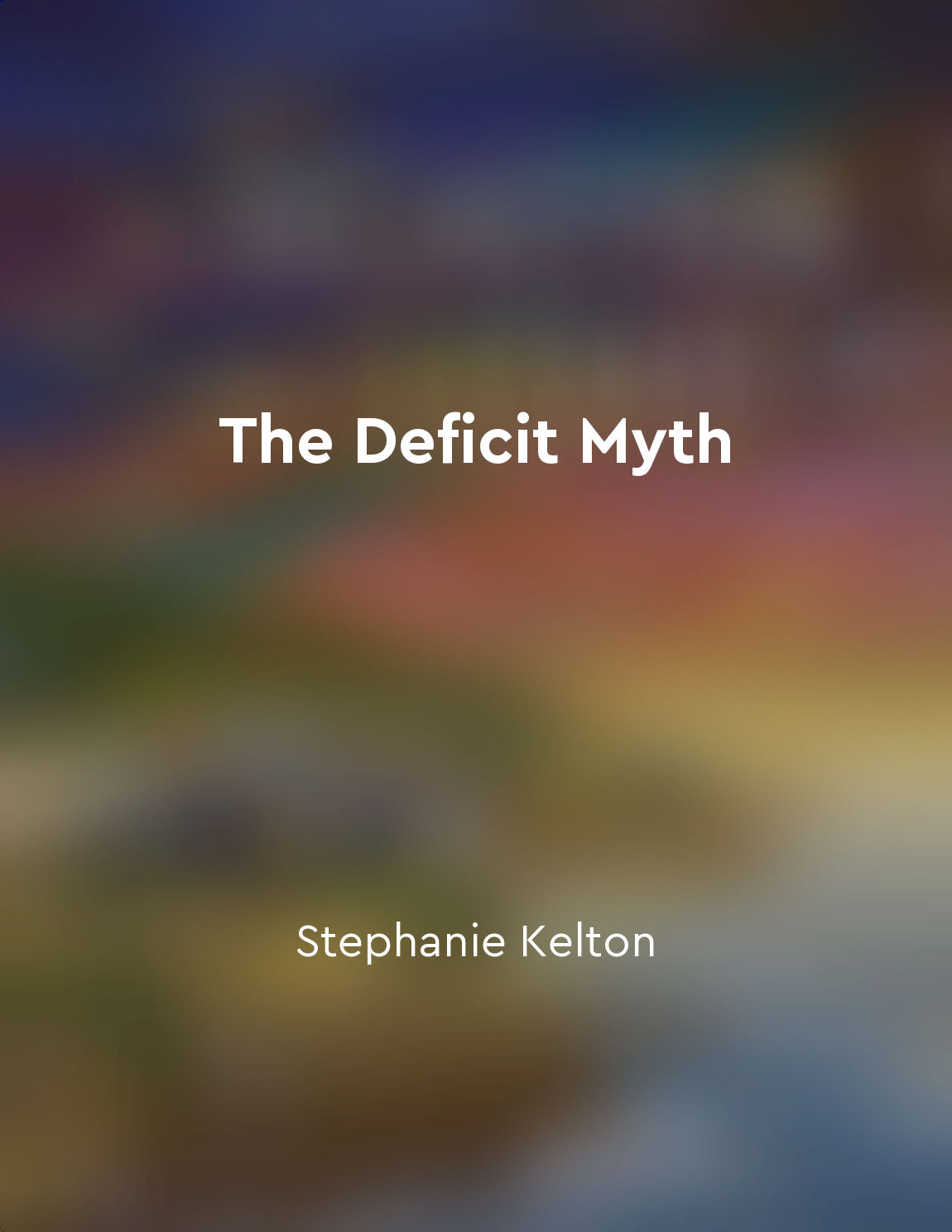Spending on vital programs can stimulate economic growth from "summary" of The Deficit Myth by Stephanie Kelton
It is a common misconception that government spending should be constrained by the amount of revenue it collects. The truth is that a government that issues its own currency can never "run out of money" in the same way that a household or business can. In fact, the federal government has the power to spend as much as it deems necessary to achieve its policy objectives, regardless of its revenue. When the government spends on vital programs such as healthcare, education, infrastructure, and green energy initiatives, it not only improves the lives of its citizens but also stimulates economic growth. This is because government spending injects money into the economy, creating jobs and increasing demand for goods and services. As a result, businesses see increased profits, leading to further investment and expansion. Furthermore, government spending on vital programs can have a multiplier effect, where every dollar spent generates more than one dollar in economic activity. For example, when the government invests in infrastructure projects, it not only creates jobs in construction but also boosts industries that supply materials and services to the project. This ripple effect can lead to sustained economic growth over time. Critics often argue that increased government spending will lead to inflation, but this is not necessarily the case. Inflation occurs when there is too much money chasing too few goods and services. In a depressed economy with high unemployment, increased government spending can actually help to stimulate production and supply, preventing inflation from occurring.- Education, and infrastructure, the government can create a more prosperous and equitable society for all its citizens. Ultimately, the key to economic success lies not in balancing the budget, but in making smart investments that will benefit both current and future generations.


